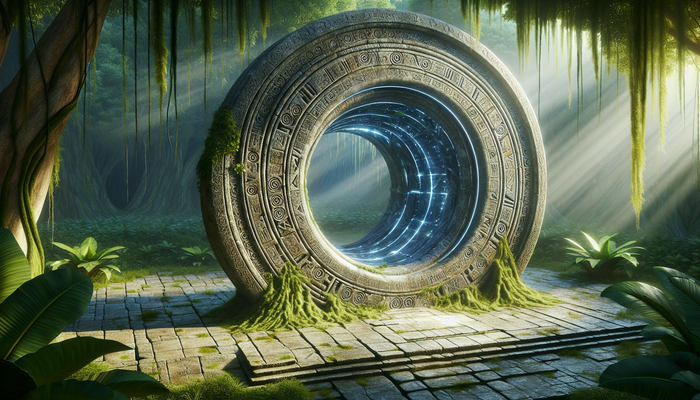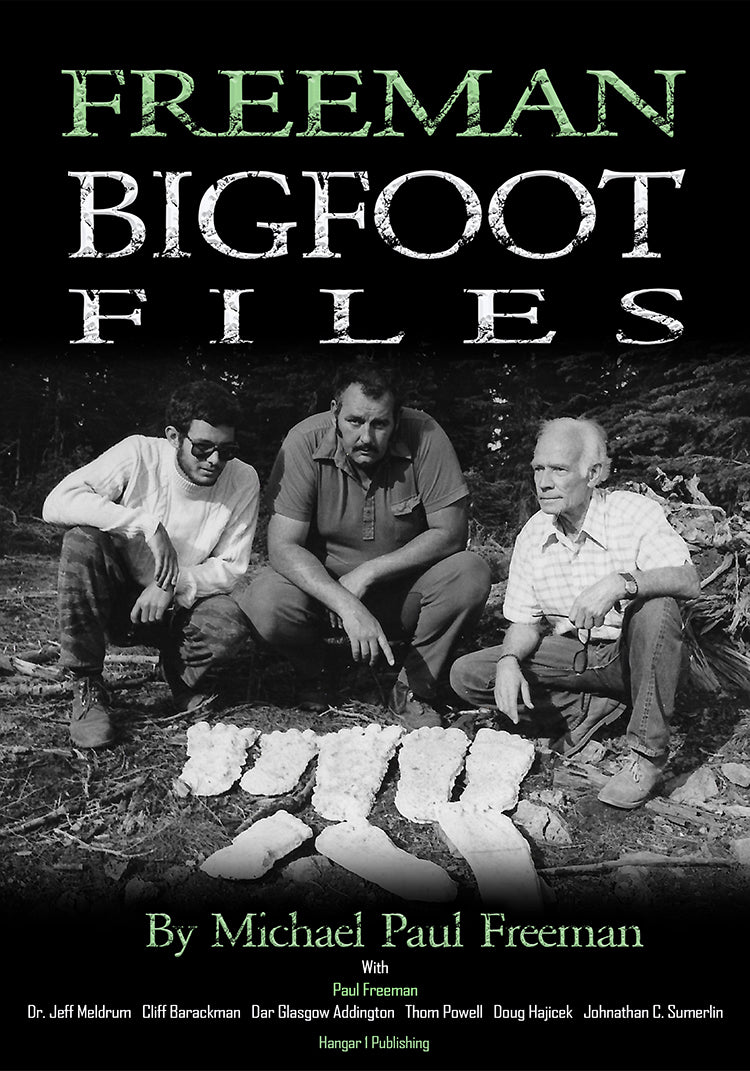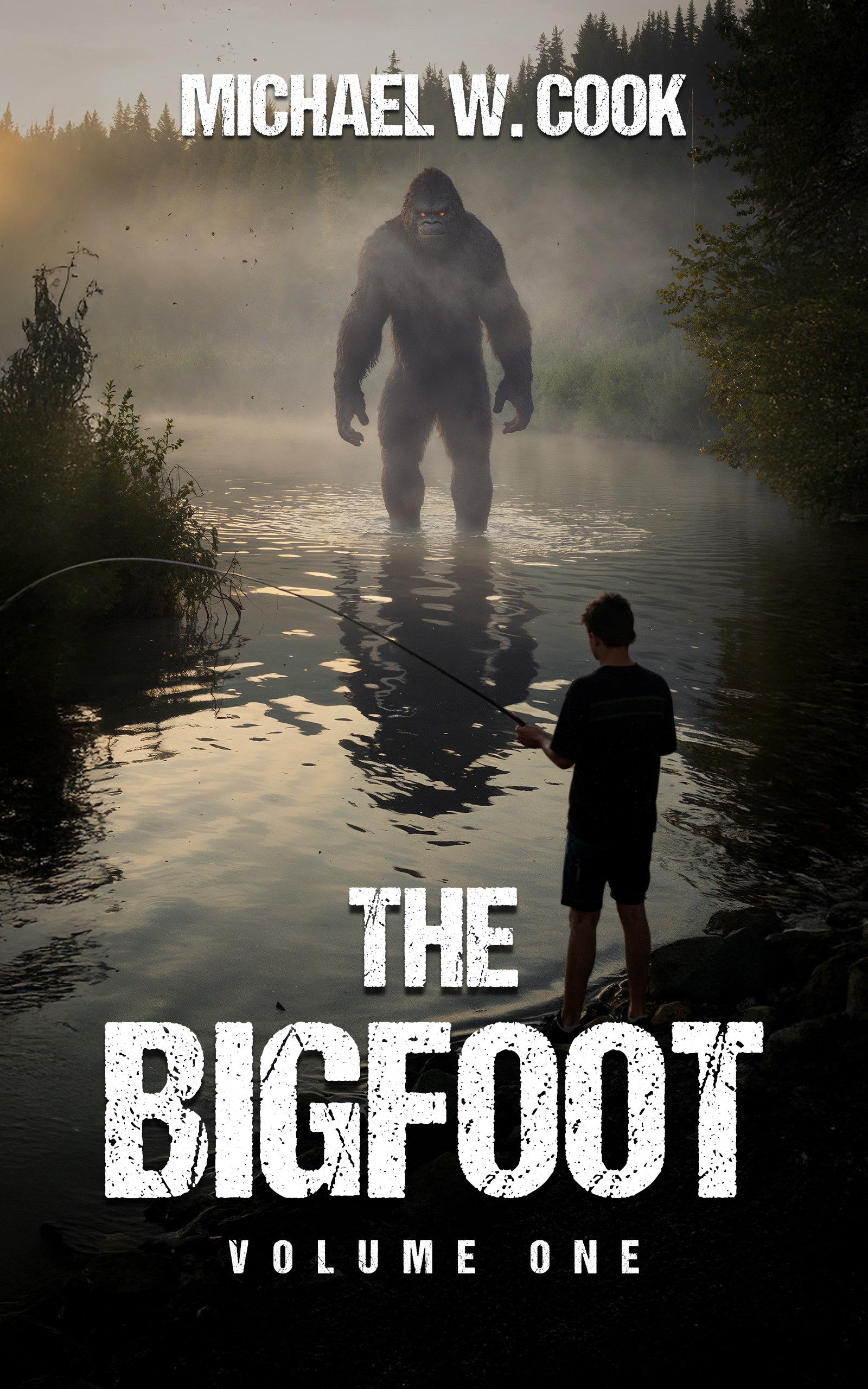Lost Civilizations: When Advanced Societies Vanish

By Sanjay Kapoor, Ufologist
The massive stone heads stare impassively across the landscape, their enigmatic expressions frozen for centuries. In Cambodia, magnificent temples emerge from suffocating jungle growth. Beneath the Mediterranean's azure waves, an entire Egyptian city slumbers, swallowed by the sea after a catastrophic series of earthquakes. These remnants—sometimes discovered by accident, sometimes sought for generations—represent humanity's most compelling mysteries: advanced societies that somehow vanished, leaving only tantalizing fragments of their existence.
Throughout human history, countless civilizations have flourished and disappeared, often with puzzling abruptness. While the fall of Rome occurred in slow motion over centuries with well-documented causes, other societies simply vanished, their citizens abandoning massive urban centers in mere decades, their knowledge and achievements lost for millennia until rediscovery by modern archaeologists.
What makes these lost civilizations so fascinating isn't just their disappearance but the questions they raise about human resilience, ingenuity, and vulnerability. How could societies capable of building monuments that have endured for thousands of years suddenly collapse? What warnings might their stories contain for our own civilization? And most tantalizingly, what remains undiscovered, waiting patiently beneath forest canopies, desert sands, or ocean depths?
What Makes a Civilization "Lost"?
When archaeologists and historians speak of "lost civilizations," they're referring to societies that achieved significant development—monumental architecture, writing systems, complex social hierarchies, specialized labor, long-distance trade networks—but subsequently disappeared so completely they became unknown to later generations.
"The Indus Valley Civilization was a lost civilization until the 1920s when railway workers accidentally stumbled across some ruins," explains one source. Despite being home to some of history's earliest planned cities with sophisticated sewage systems and standardized weights and measures, this massive society that once spanned 400,000 square miles across modern India, Pakistan, and Afghanistan had vanished so thoroughly from human memory that its rediscovery shocked the archaeological world.
Not all lost civilizations fade completely—some persist in fragmented legends or myths before archaeological confirmation. The magnificent Khmer complex at Angkor was never truly "lost" to local populations who lived among its ruins, but Europeans considered tales of a massive jungle city mere fantasy until French explorer Henri Mouhot documented the site in 1860.
This pattern of rise and fall appears remarkably consistent across unconnected societies. Civilizations typically begin with creation myths involving gods or celestial beings, develop social hierarchies and religious systems, achieve scientific and architectural innovations, construct monumental structures (often aligned with celestial objects), and eventually experience system-wide collapse—sometimes so completely that even knowledge of their existence disappears from human memory.
Why Advanced Societies Vanish
The mysterious disappearance of complex societies rarely has single, simple explanations. Instead, archaeological evidence increasingly points to cascading system failures where multiple stressors overwhelm societal resilience.
Environmental Catastrophes and Climate Change
Perhaps the most common factor in civilizational collapse is environmental change—both sudden disasters and gradual shifts. The Maya civilization, which flourished across Central America from 1800 BCE to 900 CE, developed sophisticated mathematics, astronomy, writing, and engineering before experiencing dramatic population decline. Recent research using climate records preserved in cave formations reveals evidence of severe multi-year droughts coinciding precisely with periods of Maya collapse, suggesting climate stress played a crucial role in their downfall.
Sudden disasters can trigger rapid collapse. The Minoan civilization of Crete—Europe's first advanced urban society—was devastated around 1500 BCE by the massive eruption of Thera (Santorini), one of history's largest volcanic events. The eruption generated tsunamis that destroyed coastal settlements and naval infrastructure, crippling this maritime trading power. Areas not directly impacted by tsunamis suffered from volcanic ash destroying agriculture. This catastrophic event may have inspired the Atlantis myth, another tale of an advanced society destroyed by sudden submergence.
More recently, mounting evidence shows the Egyptian port city of Thonis-Heracleion literally sank beneath the Mediterranean following a series of earthquakes that liquefied the soil beneath its foundations. Once controlling all maritime traffic into Egypt and hosting magnificent temples and statues, this thriving metropolis was swallowed so completely it was considered mythical until underwater archaeologists confirmed its existence in 2000, discovering remarkably preserved artifacts on the seabed.
Sometimes environmental change occurs more subtly. Viking settlements in Greenland, established around 985 CE and home to approximately 3,000 people, mysteriously disappeared in the 14th century. Recent research suggests water shortages rather than just temperature change may have been decisive—lakes near their settlements dried up, preventing Vikings from watering grass needed to feed livestock. This case demonstrates how even small environmental shifts can prove fatal when societies operate near the margins of sustainability.
Resource Depletion and Ecological Strain
As populations grow, many civilizations place increasing pressure on their environments, sometimes exceeding carrying capacity with catastrophic results. Easter Island (Rapa Nui) represents a frequently cited example, though recent research has complicated the traditional narrative. This remote Pacific island once supported a population potentially reaching 15,000 people who constructed approximately 900 massive stone statues (moai) averaging 13 feet tall and 14 tons. By the time Europeans arrived in 1722, the population had collapsed to 2,000-3,000.
While earlier theories blamed human-caused deforestation for this collapse, newer evidence reveals a more complex picture involving both human actions and introduced species. Rats that arrived with the first Polynesian settlers consumed enormous quantities of palm nuts, preventing forest regeneration. This ecological disruption, combined with human resource use and later European diseases and slave raiding, created a perfect storm for population decline.
Social and Political Vulnerabilities
Internal societal tensions frequently contribute to collapse. Archaeological evidence from Maya territories shows increased warfare during their decline period, with defensive walls hastily constructed around previously open settlements. As resources became scarce, competition intensified between city-states, diverting energy from maintenance of critical infrastructure like water management systems.
Religious transitions sometimes coincide with societal transformation. The Khmer Empire experienced a significant shift from Hinduism to Buddhism that altered traditional power structures and may have contributed to Angkor's abandonment. As religious priorities changed, the massive hydraulic infrastructure that sustained the metropolis received less maintenance, making the society more vulnerable to climate fluctuations.
External Pressures
Foreign invasions or competition frequently accelerate decline. The Khmer Empire faced increasing pressure from Thai kingdoms. European diseases devastated native populations throughout the Americas, contributing to the final collapse of already-weakened societies. Trade network disruptions isolated some civilizations from crucial resources, as happened to Viking Greenland settlements when European trade patterns shifted away from their communities.
Most compellingly, major civilizational collapses typically involve multiple interlocking crises where initial problems trigger additional failures, overwhelming coping mechanisms. A drought might lead to food shortages, triggering social unrest, weakening political institutions, and leaving society vulnerable to invasion or additional environmental challenges—creating a downward spiral from which recovery becomes impossible.
Recently Discovered Lost Worlds
Perhaps the most exciting aspect of lost civilization research is how rapidly our understanding continues to evolve. New technologies are uncovering previously unknown societies and forcing fundamental reconsideration of human history.
Amazon's Hidden Metropolises
One of archaeology's most revolutionary recent developments challenges the long-held belief that the Amazon rainforest was a pristine wilderness before European arrival. As reported in Popular Mechanics, researchers using LIDAR technology recently discovered an extensive settlement in eastern Ecuador's Upano Valley that flourished from 500 BCE until 300-600 CE, potentially housing up to 100,000 people at its peak.
"It changes the way we see Amazonian cultures," explained researcher Antoine Dorison. "Most people picture small groups, probably naked, living in huts and clearing land—this shows ancient people lived in complicated urban societies."
The settlement featured urban planning elements including platforms, plazas, arranged streets with right angles, and drainage systems. Their road network—extending nearly six miles and connecting various urban centers—demonstrates sophisticated engineering in challenging rainforest terrain. Their diet included cultivated crops like maize, beans, sweet potatoes, and cassava.
This discovery represents just a fragment of Amazon history—researchers estimate 90% of human Amazonian history remains undiscovered beneath the jungle canopy. New LIDAR surveys continue revealing geometric earthworks throughout the Brazilian Amazon, suggesting the entire region may have supported far larger populations than previously imagined.
The World's Oldest Temple Complex
The discovery of Göbekli Tepe in Turkey has fundamentally challenged assumptions about early human society. This monumental complex of stone circles and T-shaped pillars dates to approximately 11,600 years ago—at least 5,500 years older than any previously known megalithic site and 6,000 years before Stonehenge.
What makes Göbekli Tepe revolutionary is not just its age but the fact it was built by hunter-gatherers before agriculture was adopted. This reverses conventional understanding that monumental architecture only emerged after agricultural settlements and social hierarchies were established.
The site contains sophisticated carvings and appears oriented to astronomical alignments. As Turkish archaeologists continue discovering similar (though smaller) sites throughout the region, they've begun referring to a "Taş Tepeler Civilization" that flourished during the transition from the Younger Dryas cold period to our current climate epoch.
This discovery fundamentally challenges our understanding of when, how, and why humans first built monuments and developed complex symbolic systems—suggesting that spiritual or astronomical motivations may have preceded practical concerns about food production.
Underwater Worlds
As sea levels rose approximately 400 feet following the last Ice Age, vast coastal regions where humans likely lived became submerged. These underwater landscapes represent archaeology's final frontier, and technological advances are making exploration increasingly possible.
As reported by VICE, researchers from the University of Bradford recently received a $12 million grant to "hunt for lost civilizations beneath the Baltic and North Sea" using AI and advanced mapping technologies. These efforts have already yielded remarkable discoveries, including an "underwater Stonehenge" consisting of 170 stone cairns beneath Lake Constance between Germany, Austria, and Switzerland, and a 7,000-year-old road in Croatia's Bay of Gradina.
Perhaps most exciting is ongoing exploration of Doggerland—a now-submerged landmass that once connected Britain to continental Europe. Described as a "heartland of human occupation," this region would have been prime settlement territory before rising seas transformed it into the North Sea bed.
Controversial Theories: How Far Back Does Civilization Extend?
While mainstream archaeology has made tremendous strides uncovering lost societies, alternative theories continue capturing public imagination. The most prominent suggest an advanced global civilization existed during the last Ice Age but was largely destroyed during the cataclysmic environmental changes that occurred approximately 12,800-11,600 years ago (the Younger Dryas period).
Author Graham Hancock has been the most visible proponent of this theory, arguing that evidence for such a civilization remains overlooked because it largely existed in coastal regions now submerged due to post-Ice Age sea level rise. In his interview transcript, Hancock frames his position as "a hypothesis that I am putting forward to answer some of the questions that I have about prehistory." He questions why anatomically modern humans existed for hundreds of thousands of years before suddenly developing complex civilizations after the Younger Dryas period.
Hancock points to several lines of evidence: astronomical knowledge encoded in ancient structures, medieval maps showing remarkable accuracy in longitude measurements (which Western civilization couldn't calculate until the 18th century), widespread flood myths potentially preserving cultural memory of submerged lands, and water erosion patterns on the Sphinx suggesting exposure to heavy rainfall (which Egypt hasn't experienced since before 5,000 BCE).
Mainstream archaeologists have offered substantive critiques of these hypotheses. As noted in the Scientific American article, critics argue that no matter how devastating a cataclysm, it's "inconceivable" that every trace of an advanced civilization—tools, pottery, writing, metallurgy, trash—would completely disappear. Many archaeologists maintain that similar developments in different cultures can be explained through independent invention, cultural diffusion through trade networks, or common responses to similar environmental challenges rather than a lost source civilization.
The debate ultimately centers on how we interpret absence of evidence. Alternative theorists suggest key evidence lies underwater or has been erased by time, while conventional archaeologists maintain that an advanced global civilization would have left unmistakable traces across multiple regions that would have survived despite sea level changes.
Modern Technologies Unveiling Ancient Secrets
The field of "lost civilization" research has experienced remarkable advances in recent decades, with new technologies revealing previously unknown societies and challenging long-standing assumptions about human history.
LIDAR: Seeing Through the Canopy
Light Detection and Ranging (LIDAR) technology has revolutionized archaeology by allowing researchers to "see through" dense vegetation and map archaeological features hidden beneath forest canopies. By firing rapid laser pulses from aircraft and measuring their return times, LIDAR creates detailed 3D models of ground surfaces with vegetation digitally removed.
This technology produced stunning revelations in Maya studies. A 2018 LIDAR survey revealed the Maya civilization was far larger than previously believed, with interconnected cities housing up to 11 million people across their territory—a population density comparable to modern Los Angeles. The landscape appeared completely transformed by human activity, with extensive terracing, water management systems, and defensive structures previously invisible to ground-based researchers.
Similar technologies have revealed extensive settlement patterns surrounding Cambodia's Angkor, showing that the Khmer Empire's capital was even larger than previously estimated, with elaborate water management systems extending many miles beyond the main temple complexes.
Underwater Archaeology
Advances in underwater archaeology have opened a new frontier in studying lost civilizations. Modern diving equipment, remote-operated vehicles, and 3D photogrammetry techniques allow detailed documentation of submerged sites that would have been impossible decades ago.
These efforts have yielded spectacular finds, including Thonis-Heracleion's perfectly preserved statues, temples, and artifacts off Egypt's coast. Underwater archaeologists working in the Black Sea have discovered incredibly preserved shipwrecks thousands of years old, protected by the oxygen-free environment in deep waters.
Advanced Dating and Analytical Techniques
Modern scientific techniques have transformed our ability to understand ancient societies. Accelerator Mass Spectrometry dating requires smaller samples than traditional radiocarbon methods, allowing dating of precious artifacts with minimal damage. Ancient DNA extraction from minimal biological material reveals population movements and relationships between groups. Isotope analysis of human remains can track migration patterns by identifying where individuals grew up based on chemical signatures in their teeth and bones.
These techniques have repeatedly forced reconsideration of established chronologies. For instance, reassessment of Easter Island's timeline using more precise dating methods has challenged traditional narratives of ecological collapse, revealing a more complex interaction between human activity and environmental factors.
Cultural Impact and Modern Significance
Lost civilizations have profoundly influenced modern culture, appearing across literature, film, video games, and even political and spiritual movements. Their appeal transcends entertainment, reflecting deeper human concerns about mortality, progress, and our place in history.
Stories of lost civilizations often resonate with contemporary anxieties about societal collapse. As we face climate change, political instability, and technological disruption, these ancient examples remind us that even sophisticated societies can fail when they exceed environmental limits or succumb to internal contradictions.
The concept of lost civilizations has a complex relationship with colonialism and indigenous heritage. European "discoveries" of sites like Machu Picchu, Angkor, and Great Zimbabwe often ignored or dismissed local knowledge. Colonial powers frequently used discoveries to justify their presence, while independence movements sometimes reclaimed ancient heritage as symbols of national identity.
Today, indigenous communities are increasingly involved in interpreting and managing archaeological sites connected to their ancestors. Modern archaeological approaches emphasize collaboration with descendant communities and respect for their perspectives on cultural heritage.
The "Lost Civilization" theme has inspired countless creative works. Authors from H. Rider Haggard to H.P. Lovecraft developed rich fictional narratives around lost worlds. J.R.R. Tolkien's Númenor in "The Lord of the Rings" mythology was explicitly based on Atlantis. These literary traditions have spawned film franchises like "Indiana Jones," "Tomb Raider," and "National Treasure," introducing new generations to archaeological adventure.
Lessons from the Lost
Beyond their historical significance, lost civilizations offer practical lessons about environmental sustainability, social resilience, and long-term planning. Many vanished societies experienced problems disturbingly similar to our modern challenges.
The Maya civilization's struggles with drought resonate in a world facing climate change. Easter Island's resource management difficulties mirror our own sustainability challenges. The Khmer Empire's sophisticated water management systems demonstrate both the possibilities and limitations of technological solutions to environmental problems.
Perhaps most importantly, archaeological evidence repeatedly shows how societies that appeared permanent and unshakable could rapidly collapse when multiple stressors converged. The cascading system failures visible in the archaeological record remind us that complex societies can reach tipping points where recovery becomes impossible.
Yet archaeology also reveals human resilience. For every collapsed civilization, others adapted to changing conditions, modified their practices, and survived. These success stories may be even more instructive than failures, showing pathways to sustainability through flexible social systems, knowledge preservation, and adaptive resource management.
The quest to understand lost civilizations isn't merely academic—it's a profound exploration of who we are as a species, what we've achieved, what we've lost, and what we might become. As we continue discovering and interpreting these remnants of vanished worlds, we gain not only knowledge about the past but also wisdom for navigating our increasingly complex global future.
From Bigfoot to UFOs: Hangar 1 Publishing Has You Covered!
Explore Untold Stories: Venture into the world of UFOs, cryptids, Bigfoot, and beyond. Every story is a journey into the extraordinary.
Immersive Book Technology: Experience real videos, sights, and sounds within our books. Its not just reading; its an adventure.


























